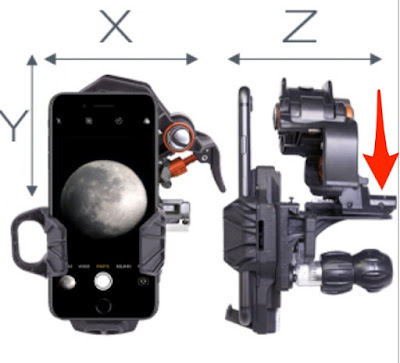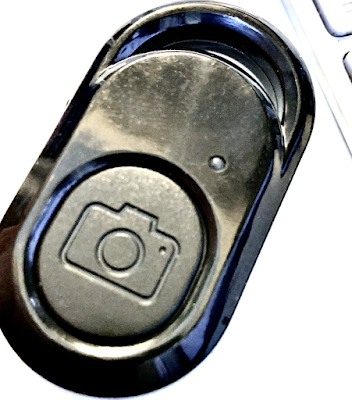Jupiter MarsJupiter Mars conjunction on the morning of June 6th, 2022, and compared with a planetarium program, Celestron's SkyPortal, at approximately the same time.
Shot with iPhone 6 Plus and NightCap Camera at 1 second exposure. Visually, through intense and massive urban light pollution, only Jupiter and Mars were visible.
The Apple iPhone NightCap app brings out more stars in Aquarius, Pisces and Pegasus constellations.
The original image is processed with multiple software programs to suppress grain and bring out additional stars.
Left: The additional planetarium view shows stars at a smaller image scale for more easy identification.
NightCap is $2.99. NightCap Camera 4+ is a night and low light camera from Realtime Dreams Limited. The app review: Do you find your photos and videos dark and grainy in low light? NightCap will help by unlocking the full potential of your iPhone or iPad's camera.
AI camera control makes it easy by automatically setting optimum focus and exposure for a brighter, clearer shot. All you need to do is hold steady and tap the shutter. If you prefer manual control then instant gesture based adjustment is always available, and special camera modes give you DSLR like results. You can even shoot photos, videos and time lapse in black and white if you want to. Try Long Exposure mode for amazing motion blur effects and reduced image noise in low light. NightCap has an ISO Boost feature that allows 4x higher ISO than any other app, producing much brighter low light photos with low noise in Long Exposure mode!
Light Trails mode preserves moving lights - ideal for moving traffic at night, fireworks or light painting. These modes are stunning when combined with HD or 4K time lapse! There are 4 dedicated astrophotography camera modes. Stars Mode is ideal for a starry sky or Northern / Southern Lights (Aurora), or leave your device capturing in Star Trails Mode and watch the stars paint circles in the sky! There are also modes for easy photography of the International Space Station (ISS) and meteors (shooting stars).
Visit nightcapcamera.com for tutorials. Features:
• Video recording with special Night Mode and full manual control.
• Time lapse recording with adjustable speed, long exposure and light trails support and up to 4K resolution on iPhone 6s or newer or 1080p HD on older devices.
• Aidie, a fully automatic AI camera operator chooses the optimum camera settings for you automatically, meaning brighter, clearer photos in low light with less risk of blurring the shot. All you need to do is hold steady and tap the shutter.
• AI enhanced focusing in very low light for fast, reliable focus.
• Automatic camera modes for Meteors (shooting stars), ISS (International Space Station), stars and star trails make these difficult tasks easy.
• Innovative manual camera controls designed for photographers: intuitive gesture-based control of exposure, ISO, focus and even white balance. Simply swipe to adjust.
• Long Exposure mode: Capture detailed, noise-free low light shots.
• Light Trails mode: Perfect for light painting and even astronomy: photograph star trails with unlimited exposure time!
• ISO Boost allows up to 4x higher ISO than any other app.
• Light Boost instantly boosts brightness while preserving image detail.
• Noise Reduction Mode helps reduce image noise.
• 8x Zoom control (camera-style for easy, smooth zoom).
• Full Apple Watch support with live preview and control of the main app features.


















































